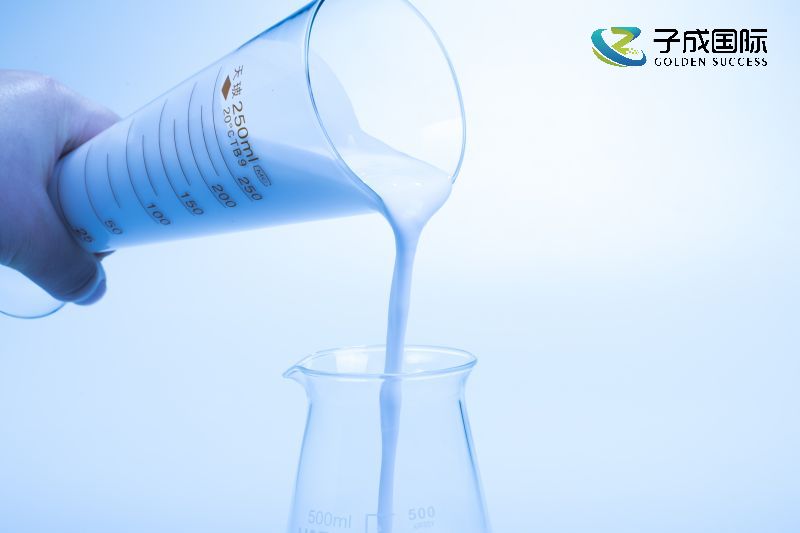The main indicators for evaluating the performance of leveling agents include surface tension reduction ability, leveling efficiency, anti shrinkage porosity, drying speed, adaptability to substrates, and compatibility with other additives. The evaluation methods usually include two types: laboratory testing and practical application testing. Laboratory testing mainly measures the performance parameters of leveling agents through standard testing methods, while practical application testing evaluates the effectiveness of leveling agents by simulating actual production conditions.

With the increasingly strict environmental regulations, the environmental friendliness of leveling agents has become one of the important indicators for evaluating their performance. Environmentally friendly leveling agents should have the characteristics of low VOC (volatile organic compound) emissions, non-toxic or low toxicity, and easy biodegradability. When evaluating environmental performance, attention should be paid to the chemical composition, production process, and waste disposal of leveling agents.
Optimizing and improving the performance of leveling agents based on specific application requirements is the key to enhancing their application value. By adjusting the chemical structure of leveling agents, improving production processes, and adding other functional additives, the performance indicators and adaptability of leveling agents can be significantly improved.

 English
English
 Chinese
Chinese Vietnamese
Vietnamese
 HOME
HOME
 PRODUCT
PRODUCT
 NEWS
NEWS
 CONTACT
CONTACT


